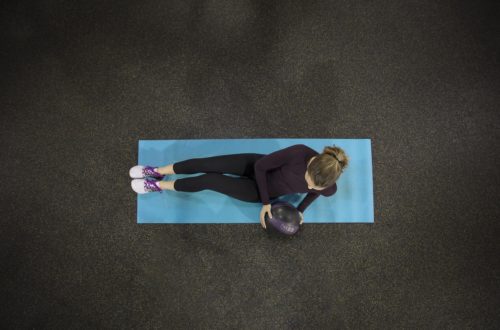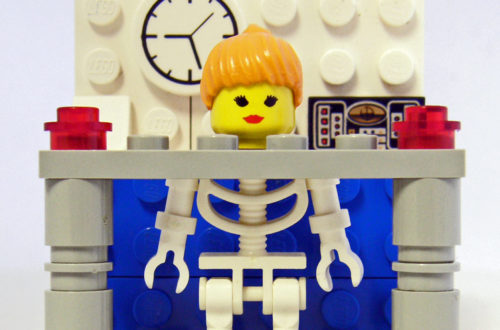
Photographs, memories and love
We sat there in the shade of the blue canvas umbrella, trying and failing to stay cool. Microscopic beads of perspiration formed on our skin in the heavy humid heat, giving each of us a certain glow we would gladly have done without.
Celebrations
It was our national day—Australia Day—and we’d gathered to celebrate our friend’s birthday once more, a group of friends, some old, some new. I guess it’s our stage of life, but somehow the conversation turned to weddings.
And our birthday friend brought out the photo album her son and daughter-in-law had given the family at Christmas, a beautiful momento of the day they were married, just a year earlier. She gave me the album, and as I turned the thick textured pages I took care to use my fingertips to avoid leaving sweaty smudges behind.
The others gathered around to admire the photographer’s skill and artistry, and the locations she chose for the bridal shoot. We remarked on who resembled whom, how wonderfully fine everyone looked, and we shared happy memories of that shining hot January day.
Back then
Was it already a year ago? How could time have flown by so fast?
Each page of colourful and creative images produced a rush of exclamations, laughter and inevitable reminiscences about our own wedding photos. How different it was back then!
Married in the 1980s, our photos were relatively expensive and therefore few. They were less natural too, more formal, because film photography was far less forgiving than today’s digital. It was a waste to develop and print photos if they weren’t any good.
Balance
I still marvel today, whenever I watch my daughter editing her own digital photos. She tweaks colour and light, smoothes out blemishes. Very occasionally, she performs a little digital head surgery to rescue an important image because Aunt Mavis’s eyes were closed in almost every shot. It’s all about balance; not deception or manipulation.
You see, as a wedding photographer she needs to document what really happened, who was there and what they really looked like. She needs to tell the story of an important and meaningful day. And yet, she must also remember how much everyone wants to look their best.
And that’s despite the technical difficulties caused by poor lighting, inclement weather, Uncle Hugo with his new camera, and all the other things that can and do go wrong. It’s a balancing act between truth and beauty.
The moment captured
Digital photography has changed what is possible. But as the possibilities have expanded, so too have our expectations. Today’s photographers might take thousands of shots to record every aspect of a wedding day, because it’s no longer prohibitively expensive or logistically impossible.
And afterwards, the newlyweds will most likely receive the best of the edited images all contained on one tiny USB key. The photos can even be delivered via the internet and the cloud.
But no matter how much the technology has changed, photographs still do the same thing they’ve always done. They still represent what they’ve always represented.
A photograph captures a moment in time, an instant, and records the who or what in that moment, for posterity. A photograph makes it possible for the viewer to go back to that moment, or even ‘visit’ for the first time.
The past
Think about it. It only takes a breath or the blink of an eye for what we call ‘now’ or ‘the present’ to pass by into the past. As soon as we’ve said the word ‘now’ or even thought it, that word and the moment in which you uttered it becomes part of history, never to return.
They’re gone forever. You cannot pin them down or make them stay for a while. The only record is in your memory, which, if it’s like mine, can be very unreliable.
But since the inception of the daguerreotype in 1839, photographic technology has meant that humans can and do record what happens. It records who and what exists, right now.
Instant record
These days we take photos more than any generation in history, because it’s so easy and cheap. And with just the click of a button, we send captured moments to friends and family on the other side of the globe. Even to people we’ve never met. Instantly.
In its digital form, the image of a moment, a place, a person in time, can be duplicated and transported almost anywhere, to almost anyone, with minimal effort.
But why do we want to record these transitory elements of our lives? What do photos do for us?
What photos do
Photographs help us to relive what happened in the tick of a second and experience it again. They jog our memories and remind us of things we’ve forgotten or only vaguely recall.
Photos enable us to share events and experiences with others who weren’t there at that time and place. They can been used to document or even prove that something happened—to provide evidence.
Sometimes though, an overriding desire for beauty can cloud or obscure the truth of an image. In this age of social media, we can use and manipulate images to create impressions that make us, or our lives, look very shiny. But they might not be entirely truthful.
And then there are the photos that record events in our lives of which we have no memory, even though they show that we were there. They convey true things about our lives, but we simply cannot recall them.
Forgetting, not remembering
I once read a tragic account of a man who had suffered a brain injury, who gave away all the family photographs he owned. He could no longer remember who the people were. He needed someone to tell him every day who each person was and how they were related to him.
They weren’t reminding him—the information was as new to his non-retentive brain as each new day. Eventually, he decided that the photos were more useful to other family members who didn’t need to be told over and over. Who could still remember.
The fleeting captured
Sometimes though, you’re just too young to remember a moment caught on camera. My parents have a colour photograph of me with my maternal grandfather, Roy, which was taken on my first birthday.
A veteran of both World Wars, Grandpa was almost 70 and he’d driven more than 600km from his country home for a rare visit. In the photo he’s standing in our front yard, holding me in his arms. His face is visible to the camera while mine is in profile, and I have my new teddy bear clutched firmly in one little fist.
Now, one thing this photo does very well is to reveal Grandpa Roy as the familial source of my angular jawline! But much better than that, it also captures, in a fleeting moment, the warmth and affection on his face as we gaze into each other’s eyes.
Emotional power
I have no memory of that day, but I’ve always treasured this photo for what it tells me about my grandfather. Even though I was his twelfth grandchild, even though I seldom saw him and he died when I was 14, I know that he loved me.
This is the power of a single image to convey not just information about a time that once was, but also to express truth through relationship and emotion. A photo editor could add a filter or lessen the wrinkles on my grandfather’s face or remove my teddy bear from the shot, but why would they bother? Why would they even want to?
There is such beauty in my grandfather’s expression that it draws the eye and speaks truth straight to the heart of the viewer in the universal language of love.
An image, a likeness
As I was writing this post I wondered where it was headed. Then it dawned on me that it was through an image, a likeness, that God chose to communicate his love to the world.
Like an unedited, untouched, raw photograph—a living, breathing, three-dimensional one—Jesus came to be ‘God with us’ to the lost and the estranged. He came as “the radiance of God’s glory and the exact representation of his being” (Matt 1:23; Heb 1:3).
Jesus isn’t just a faithful reproduction of God. He doesn’t merely resemble him. And he’s not a chip off the old block. Jesus is God the Son, the spit and image of the invisible God (Col 1:15).
Even though we are created beings, God made us in his own image, to be like him and relate to him. But we rejected this noble status and turned away from his embrace. We chose not to be like him.
And yet, Jesus came to earth in human form—our form—so that we could be reconciled to the Father. For in Jesus we see God (Gen 1:27; 3:1-24; Luke 1:30-35).
Likeness restored

That’s because it was God’s delight to allow all his fullness to dwell in his Son. Like Father, like Son. And Jesus spoke the words his Father gave him and lived the only human life perfectly devoted to God, following his plan of salvation to the letter.
He did this so that our likeness to the Father could be restored. He did this so that we would know God’s great love for us—the truth spoken to us through Jesus, straight to our hearts.
When we trust in Christ Jesus, we can approach God and come to know him. We live for him and in the process become more like him (2 Cor 3:16-18).
When we are in Jesus, we can be sure that the Father’s loving gaze rests not only on his beloved Son but also on us, because of his beauty, his image. His love.
Featured image: Photo by Pearl | Lightstock.com




